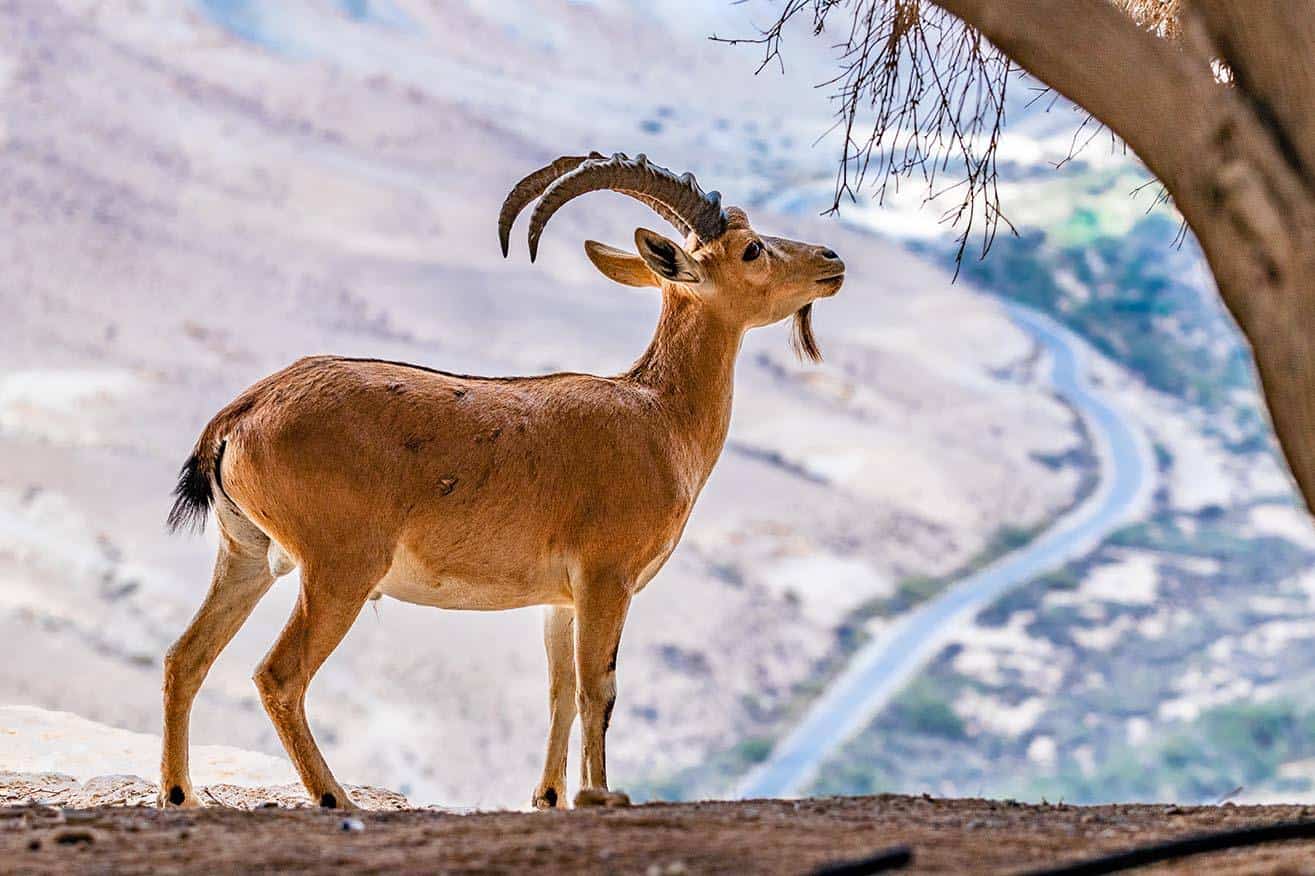Note: This article’s statistics come from third-party sources and do not represent the opinions of this website.
You may not think goats have a huge role to play in the world because they’re not as commonly talked about as cows or sheep. As surprising as it may be, goat meat accounts for a fair amount of red meat consumption worldwide, with the meat being known as “chevon”.
There are approximately one billion goats around the world. Not only do people use goats as a meat source, but they’re also used for milk, fiber, fur, and skins. These incredible creatures are intelligent, social, clean, adventurous, and thrive well in different environments—but they’re also being exploited for profit.
Unfortunately, most animals that are in expanding demand often experience abuse and are treated inhumanely. Human greed is a sad reality, and many goats experience the worst conditions because companies try to spend the least amount of money they can on food, equipment, and shelter.
The good news is that the International Goat Association (IGA) supports and spreads goat knowledge, awareness, and practices worldwide through conferences, journals, and social media. Creating awareness about goat farming is one of the best ways to ensure the correct measures and management is implemented.

Top 11 Goat Statistics
- There are around one billion goats in the world.
- There are around 2.55 million goats in the United States.
- Texas has the greatest goat population in the United States, with more than 800,000 meat goats.
- Around 96% of the goat population is found in developing countries.
- China has over 133 million goats.
- 90% of cashmere comes from China and Mongolia.
- Over 500 million goats are slaughtered for their meat per year.
- Around 5% of meat consumption worldwide is goat meat.
- Goat meat consumption in the United States has increased by 320% since 1999.
- There are around 300 goat breeds worldwide.
- Goats were domesticated around 11,000 years ago.
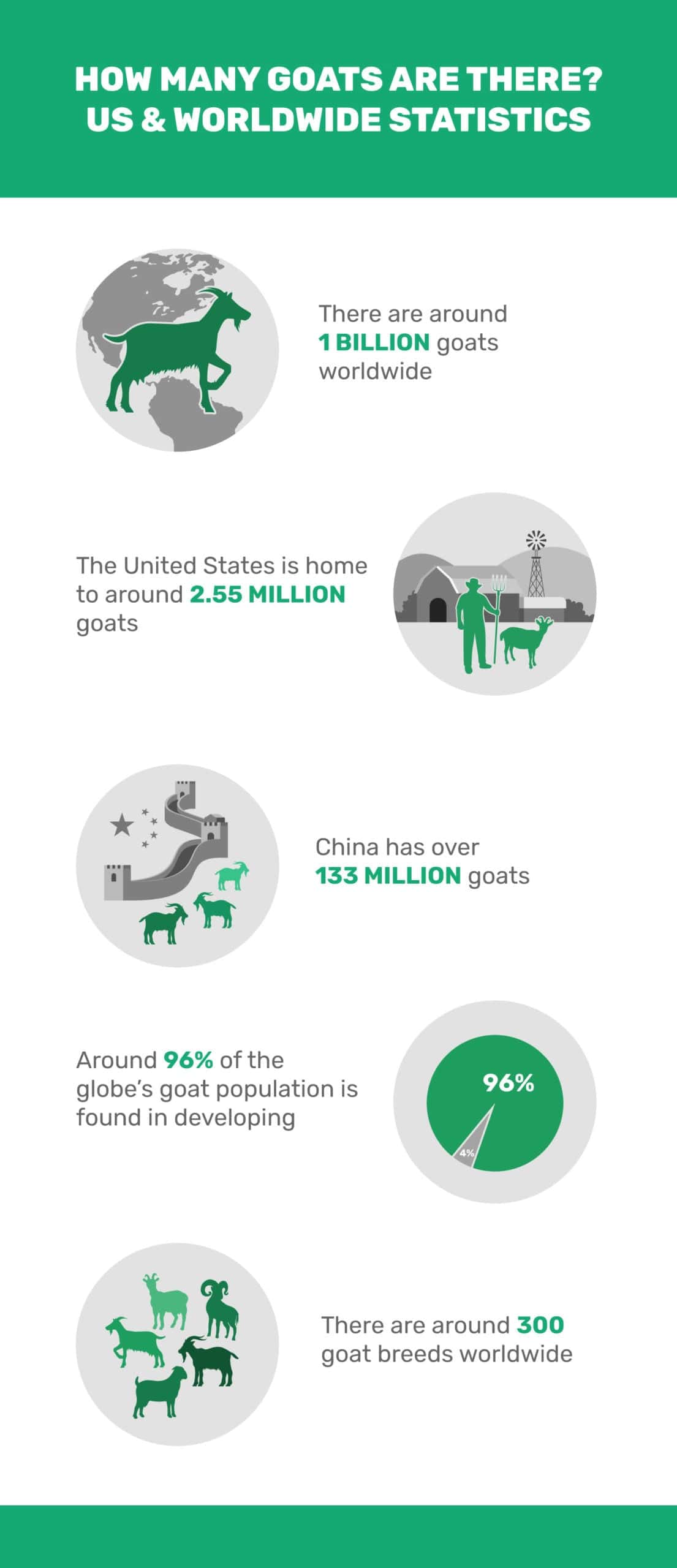

Goat Population Statistics
1. There are around one billion goats in the world.
(Frontiers in Veterinary Science)
Did you ever think that there would be such a large number of goats in the world? The goat population has risen over the years as more farmers have seen the benefit and profit that goat farming brings.
Goats are bred for their meat, milk, fur, and skin, and require little maintenance and pasture. They have short pregnancies and can supply more milk than sheep and many other animals, making them ideal for dairy production.
Thankfully, goats have not only been bred for consumption but have also been used as Emotional Support Animals (ESA) for people struggling with emotional health issues, such as anxiety.
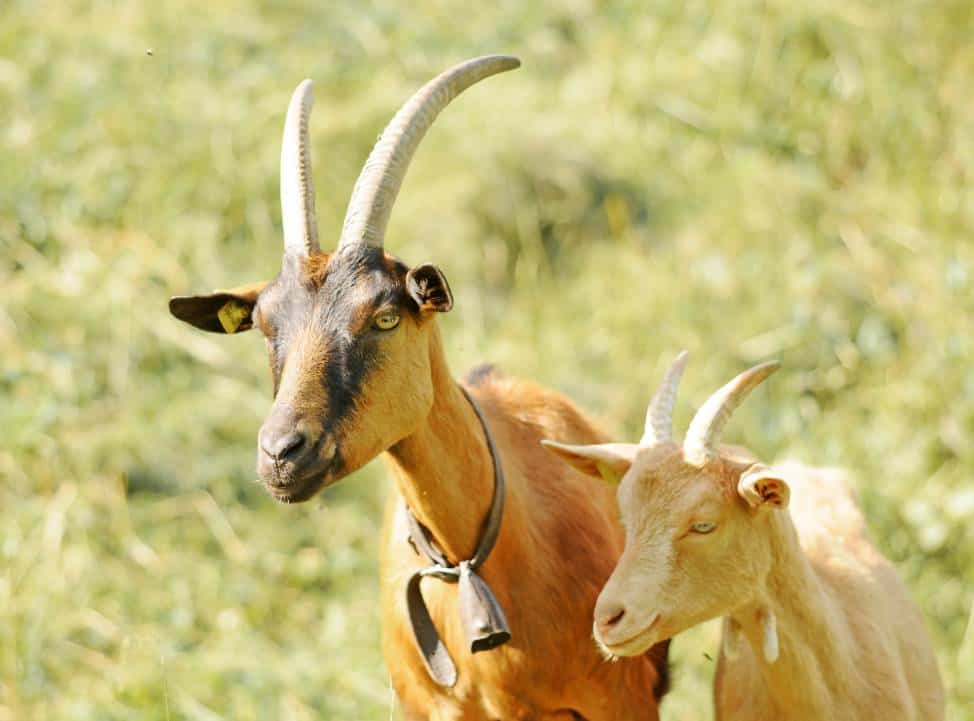
2. There are around 2.55 million goats in the United States.
(USDA)
The United States has many farmlands, so it’s no surprise that it has such a high number of goats. However, the number of goats in the country has decreased by 1% since January 2021.
3. Texas has the greatest goat population in the United States, with more than 800,000 meat goats.
(USDA)
Texas likes everything big, with a meat goat population that is a little over 800,000. This massive state offers the land needed for livestock, but its humid climate isn’t as favorable, as goats tend to thrive in the dry, arid climates they originate from.
However, Texas has managed to succeed in goat farming, and supplies most of America’s demand as a greater interest towards the lean meat grows among the population.
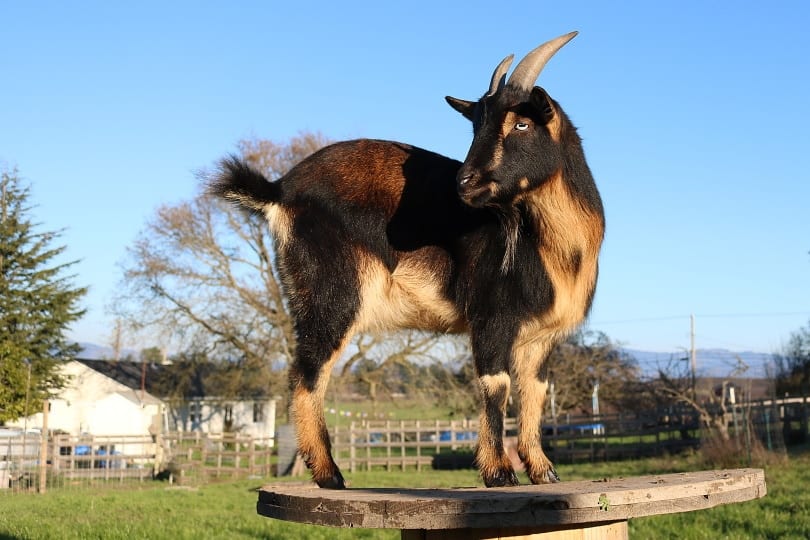
4. Around 96% of the goat population is found in developing countries.
(FAO)
Goats are said to be “the poor man’s cow” and are typically seen as inferior to other livestock. Goats can survive in different and difficult environments, though, and they don’t need high-quality land to feed on and can live off scrub and trees.
They require little but supply much, and this is why they’re so sought after in developing countries. They are an excellent economic support that brings in both finance and provision through their meat and milk.
5. China has over 133 million goats.
(Statista)
You may be blown away by China’s goat population of over 133 million goats, but it has actually dropped from a previous goat population of around 137 million!
Unlike the relatively small family goat farms that many other countries have, China has more intensive, commercial goat farming.
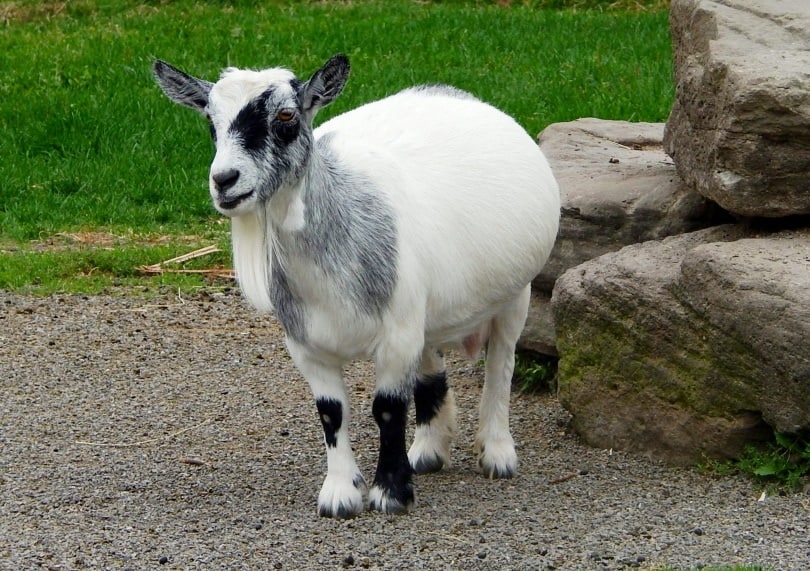

Goat Production, Consumption, and Abuse
6. 90% of cashmere comes from China and Mongolia.
(PETA)
Cashmere comes from the undercoat of certain types of goats. It is lighter, softer, and warmer than sheep’s wool—and the main suppliers of cashmere are China and Mongolia.
Unfortunately, many Chinese and Mongolian cashmere industries are known to treat their goats with cruelty, and many vulnerable goats undergo violent deaths.
Some cruel procedures these goats endure are having their hair torn out with metal combs, being stepped on, bent, and cut. If a goat no longer serves the industry, it will often simply be hit with a hammer and have its throat slit.
Once a goat has been killed, its meat is sold. Therefore, if you purchase cashmere, you’re likely indirectly supporting the goat meat industry too.
7. Over 500 million goats are slaughtered for their meat per year.
(FAO, USDA)
Almost half a billion goats are killed worldwide for their meat every year. That means that over 1 million goats are killed for their flesh, every day of the year. In the United States alone, over 600,000 goats are slaughtered per year—and this number is rising.
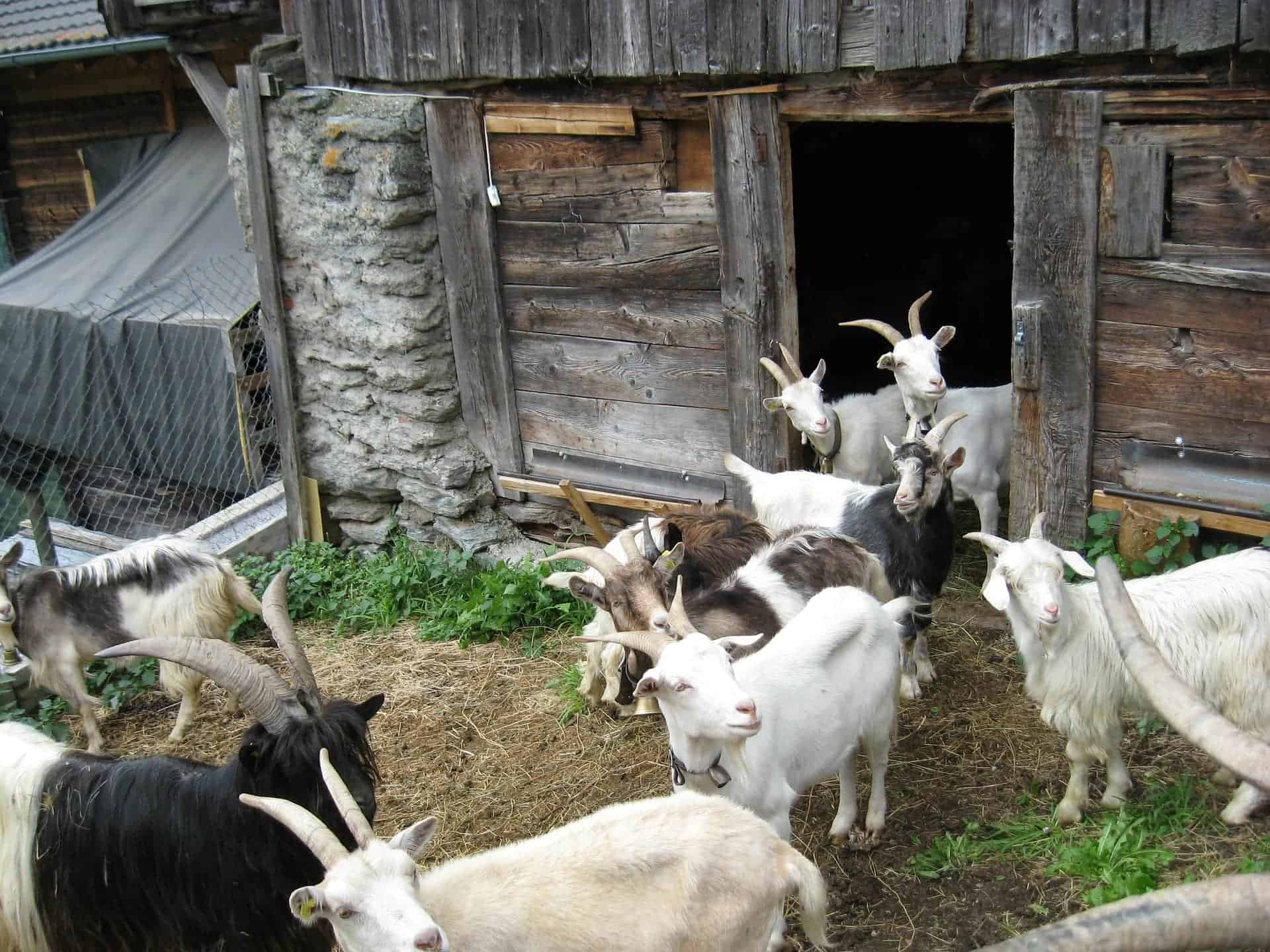
8. Around 5% of meat consumption worldwide is goat meat.
(USDA)
Although beef, lamb, mutton, and pork are among some of the most widely eaten meats, goat meat is gaining traction, ranking at 5% of worldwide consumption. Goat meat is most popular in Sudan, but people all over the world are starting to discover the benefits of this red meat.
Goat meat is lean and packed full of iron, zinc, potassium, and other vital vitamins.
9. Goat meat consumption in the United States has increased by 320% since 1999.
(Goats)
With goat meat on the rise and Texas being one of the biggest goat meat farmers in the country, around 1.5 million goats are consumed in America every year.
Since 2002, there has been a 150% increase in goat consumption, and 320% since 1999. That’s an increase of 170% over just a three-year span!


Goat Breeds and History
10. There are around 300 goat breeds worldwide.
(USDA)
There are many different goat breeds around the world, from the Boer goat from South Africa to the Zhongwei goat from China. However, there are four main types of goats in the United States. They are:
- Dairy goats. Bred to produce milk.
- Spanish or Mexican goats. Mostly bred for goat meat.
- Boer goats. These are bred for adaptability and fast rebreeding.
- Angora goats. Bred for their wool.
11. Goats were domesticated around 11,000 years ago.
(Science)
Goats are very intelligent animals and are one of the earliest animals to be domesticated, with evidence of domestication occurring around 11,000 years ago in the Middle East.
There are no documents that give an exact date or year that goat domestication began. However, archaeological findings dating back to around 9000 BC show evidence of goat pens, which indicates that goats were being kept and not simply hunted.


FAQ
Is Goat Farming Profitable?
Goat farming is incredibly profitable. The amount of food needed to raise one cow can easily be used for several goats, making them far cheaper to manage. You also don’t need to have as large a holding as you would with a group of cows.
So, the overall expenses involved in goat farming end up being far less than if you were to farm cows.
Is Goat Farming Humane?
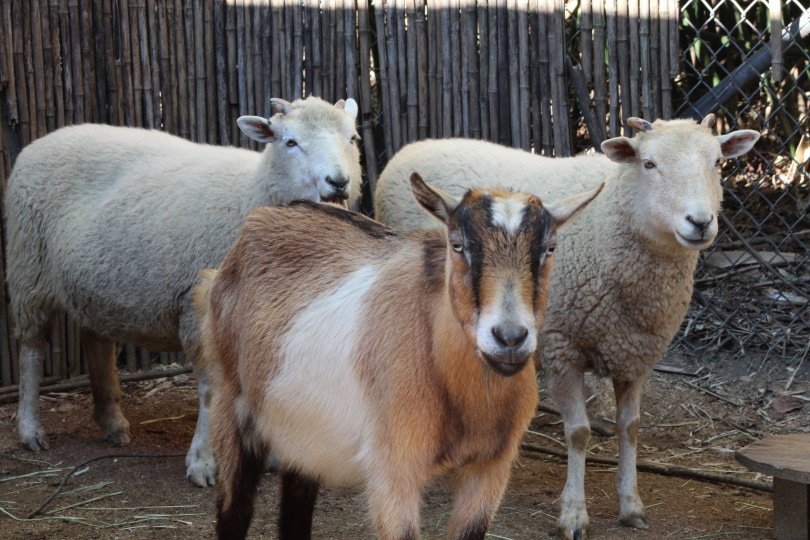
While goat farming may be humane if done in the correct ways, it’s widely known that goat farming has the potential to be just as bad as cow farming. Due to the massive and increasing demand, goats frequently get mistreated to produce milk and meat as fast as possible.
Are There Goat Meat Alternatives?
As more information and awareness about meat consumption, the cruel treatment of animals, and the harsh conditions they have to endure come to light, many people are turning away from conventional meat and looking for alternatives. Many of these alternatives are sustainable, free from cholesterol, and have fewer calories.
- Tofu
- Soy protein
- Seitan
- Textured vegetable protein
- Roasted jackfruit
- Lupin protein
- Green spelt
- Oat flakes
- Chickpeas
- Mushrooms
Do Goats Make Good Pets?
It’s not uncommon to see people having goats as pets and it begs the question, is that a good idea? Surprisingly, goats make excellent pets. Even though they’re most commonly seen as farm animals, their curious nature makes them fantastic companions.
However, you’d need to have a large space for them to roam, and it’s ideal for them to have another goat companion to keep them company. So, goats aren’t good pets for small areas, but you could consider getting two of them for your home if it’s on a large property with plenty of grass.
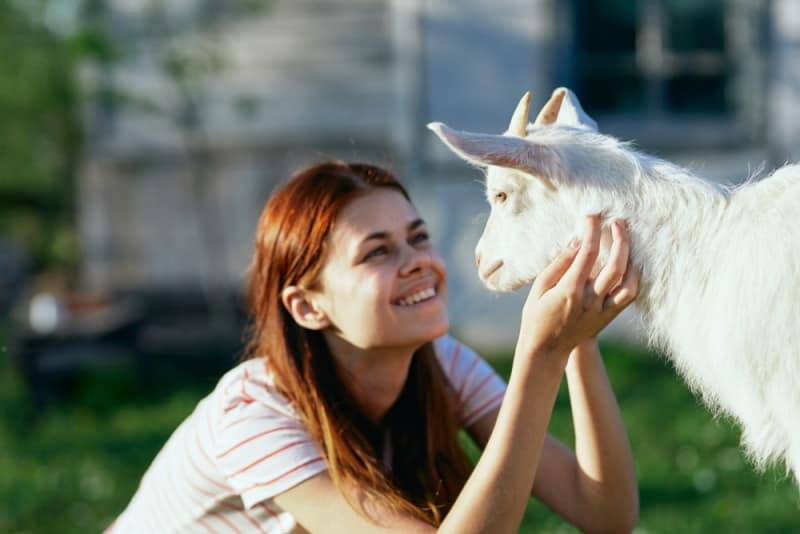

Conclusion
If you’re interested in goat farming or you’re completely opposed to it, it’s great to know all the statistics regarding goats in the United States and around the world. It’s sad to learn about all the inhumane ways that some goats are treated, especially in the cashmere industry. However, it’s important to spread awareness and what’s going on in the goat production industry.
Knowing all the numbers gives you some perspective of what actions to take. While many goat farms are above board, even lessening the amount of goat meat you consume will make a difference in the long run.
You Might Also Be Interested In:
Featured Image Credit: Alexander Ingerman, Shutterstock
